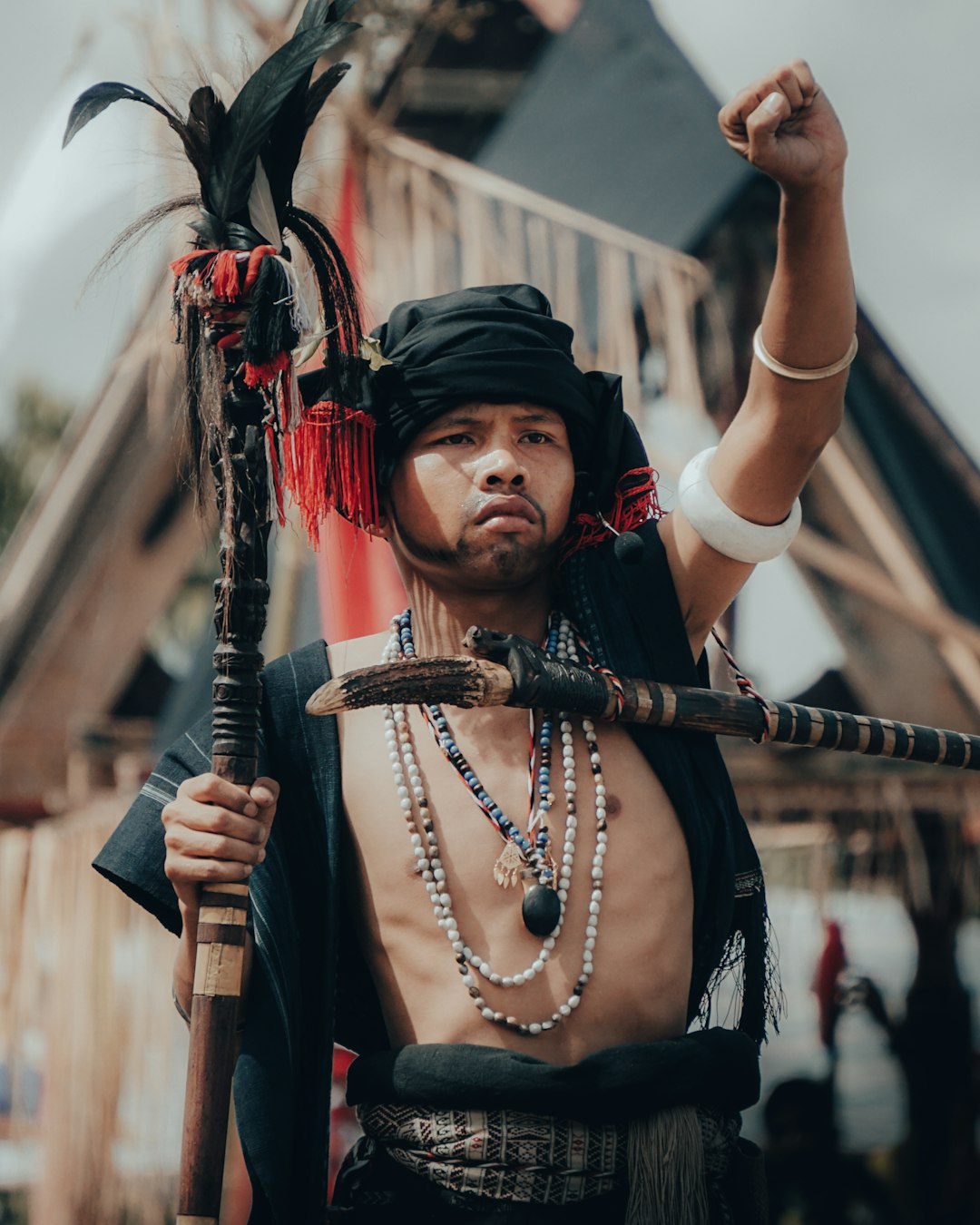Chagaras, also known as “chaguaras” or “chaguaras de lana”, are a traditional type of Andean clothing worn by indigenous communities in Ecuador. These garments hold great cultural significance and are an important part of Ecuadorian culture. In this article, we will delve into the history and cultural significance of chagaras, and why they continue to be an important aspect of Andean culture.
The History of Chagaras
Origins of Chagaras

Chagaras were traditionally worn by both men and women, and were an essential part of everyday life. They provided warmth and protection from the harsh Andean climate, and were also used as a form of self-expression and cultural identity.
Influence of Spanish Colonization
With the arrival of Spanish colonizers in the 16th century, the traditional clothing styles of indigenous communities began to change. The Spanish introduced new materials and techniques, such as the use of looms, which allowed for more intricate and detailed designs.
Chagaras continued to be an important part of Andean culture, but they also began to incorporate elements of Spanish fashion. This fusion of indigenous and Spanish styles can still be seen in modern chagaras.
The Cultural Significance of Chagaras
Symbol of Cultural Identity

For many indigenous communities, chagaras are a way to preserve their cultural traditions and keep their heritage alive. They are also a way to distinguish themselves from other cultures and assert their unique identity.
Connection to Nature
The materials used to make chagaras, such as wool and alpaca fur, are sourced from the natural environment. This connection to nature is an important aspect of Andean culture, and chagaras serve as a reminder of the close relationship between indigenous communities and the land.
In addition, the designs and patterns on chagaras often depict elements of nature, such as animals, plants, and landscapes. This further emphasizes the connection between Andean culture and the natural world.
Social Significance
Chagaras also hold social significance within indigenous communities. They are often worn during important cultural events and celebrations, such as weddings, festivals, and religious ceremonies. In these instances, chagaras serve as a way to honor and celebrate cultural traditions and bring communities together.
In addition, chagaras are often used as a form of social communication. The designs and patterns on chagaras can convey messages and meanings, and can be used to express social status, marital status, and even political affiliations.
Modern Day Chagaras
Preservation of Tradition

In recent years, there has been a resurgence of interest in traditional Andean clothing, including chagaras. This has led to a revival of traditional weaving techniques and a renewed appreciation for the cultural significance of chagara’s.
Modern Adaptations
While chagaras have remained an important part of Andean culture, they have also evolved with the times. Modern adaptations of chagara’s can now be seen, incorporating elements of contemporary fashion and design.
For example, some chagara’s now feature brighter colors and bolder patterns, while others incorporate modern materials such as synthetic fibers. These adaptations allow for chagaras to be worn in a variety of settings, from everyday wear to special occasions.
Conclusion
Chagara’s are more than just a piece of clothing – they are a symbol of cultural identity, a connection to nature, and a way to preserve and celebrate traditional Andean culture. Despite the influence of modern fashion, chagara’s continue to hold great cultural significance and are an important aspect of Ecuadorian culture. By understanding the history and cultural significance of chagaras, we can gain a deeper appreciation for this traditional Andean garment.
For more information, visit Techmelife.com
